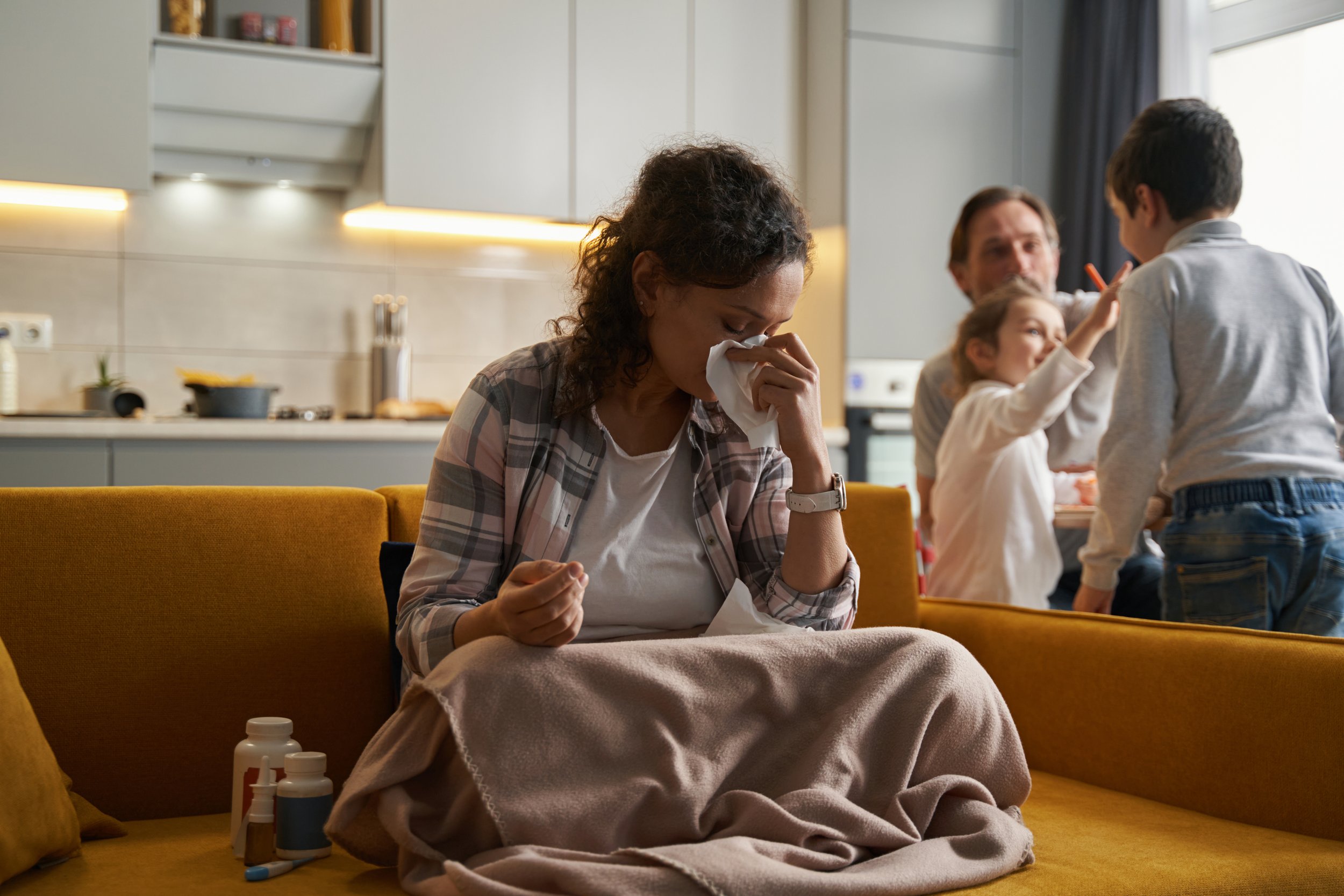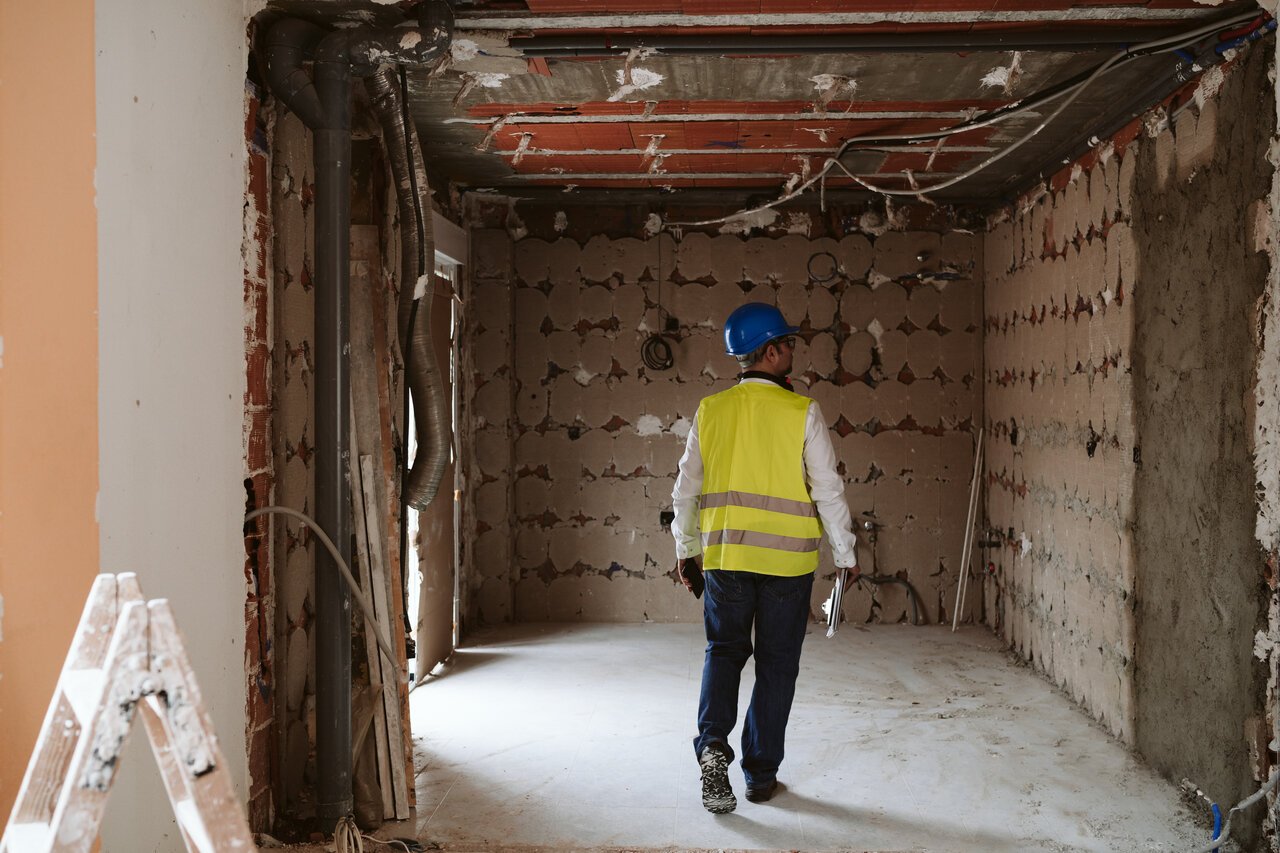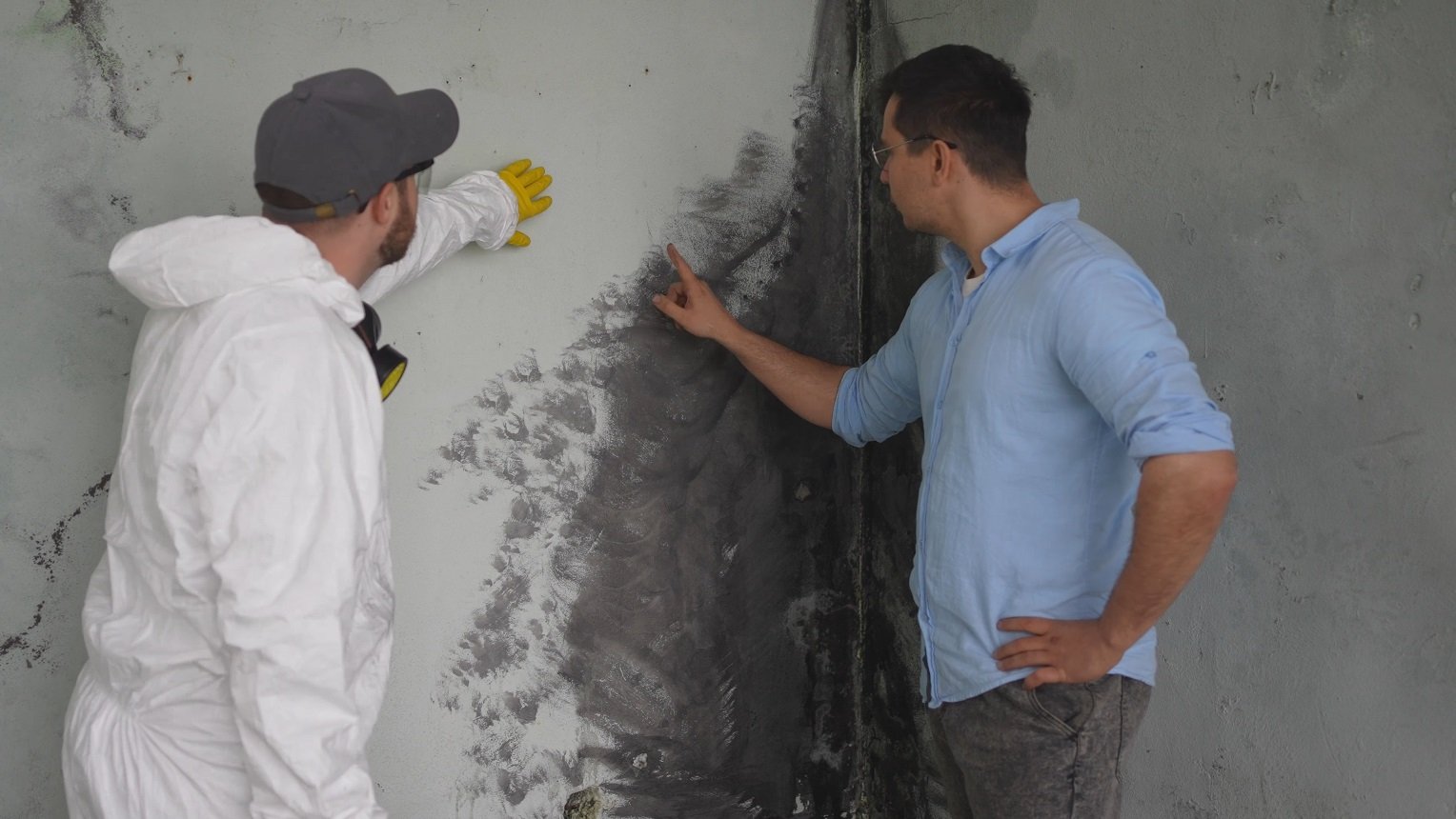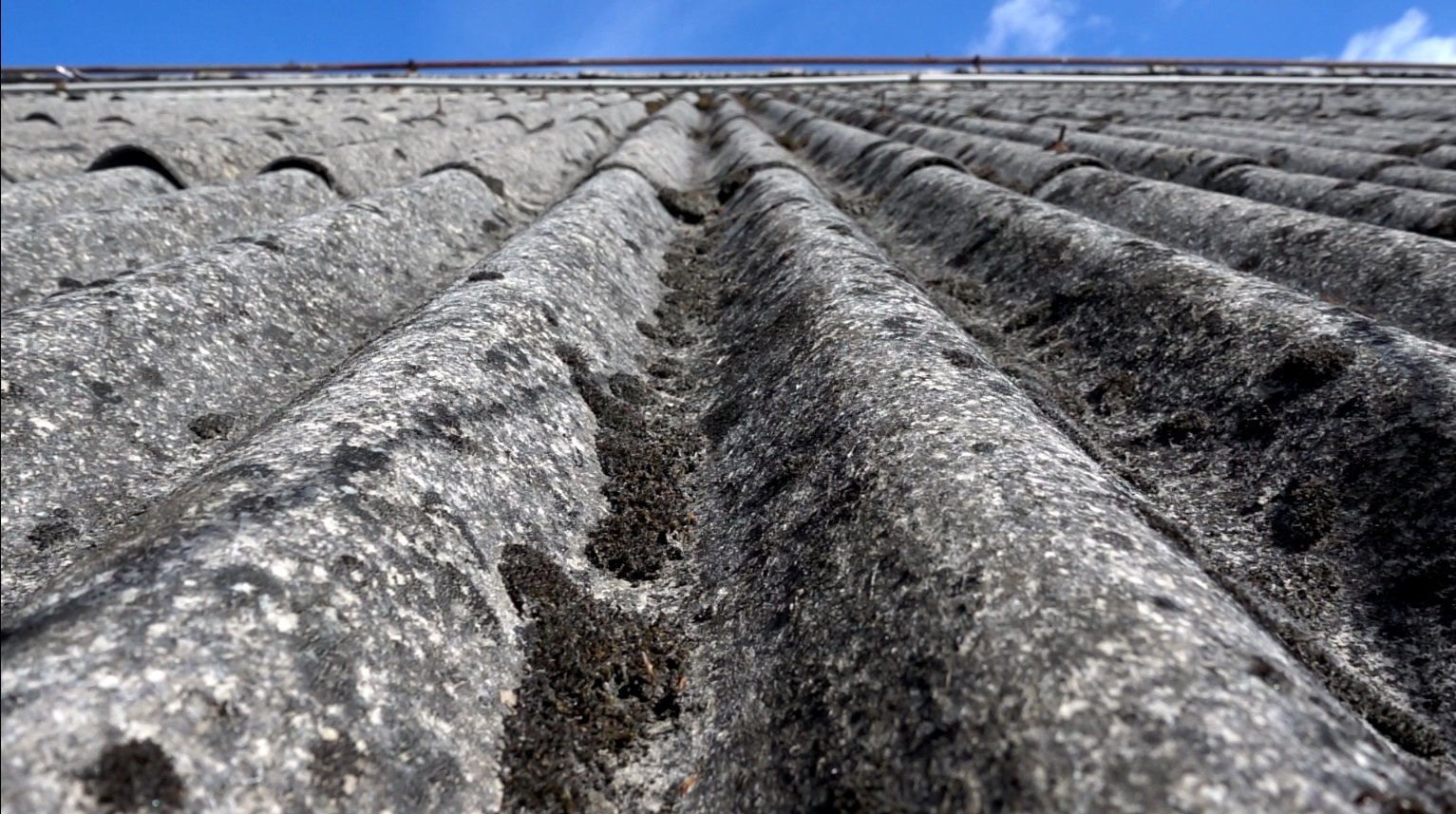
CIRS Inspection Protocol:
Protecting Your Health from Indoor Environmental Issues
Help is here for you in your time of need
At Adaptive Environmental, we understand the impact that Chronic Inflammatory Response Syndrome (CIRS) can have on your health
CIRS is a condition triggered by exposure to biotoxins produced by mold and other water-damaged building materials. If you suspect that CIRS may be affecting your health, a CIRS inspection protocol can be a crucial step in identifying and addressing the source of the problem.
What is CIRS?
CIRS is a complex condition that can cause a wide range of symptoms, including fatigue, headaches, joint pain, cognitive dysfunction, and respiratory problems. While the exact mechanisms of CIRS are still being studied, it is believed to be caused by an ongoing inflammatory response in the body triggered by exposure to biotoxins.
Lyme Disease and CIRS
Lyme Disease and CIRS
There is a growing body of evidence that suggests a connection between Lyme disease and CIRS. Some people with Lyme disease may also develop CIRS, and exposure to mold and other biotoxins may worsen symptoms of Lyme disease.
Mold & CIRS
Mold is a common indoor contaminant that can produce a variety of biotoxins. These biotoxins can trigger an inflammatory response in the body, leading to the symptoms of CIRS. In addition to mold, other water-damaged building materials can also harbor biotoxins that can contribute to CIRS.
Symptoms of CIRS
The symptoms of CIRS can vary from person to person, but some of the most common symptoms include:
Fatigue
Headaches
Joint pain
Muscle pain
Difficulty concentrating
Memory problems
Sleep disturbances
Skin problems
Respiratory problems
Gastrointestinal problems
The Importance of a CIRS Inspection Protocol
A CIRS inspection protocol is a comprehensive approach to identifying and addressing the source of biotoxin exposure. A typical CIRS inspection protocol will include the following steps:
Visual Inspection: A qualified inspector will conduct a thorough visual inspection of your property to identify any signs of mold or water damage.
Sample Collection: Samples of air, dust, and bulk building materials may be collected for laboratory analysis to identify the presence of biotoxins.
Building Assessment: The inspector will assess the building envelope and identify any potential sources of moisture intrusion that could be contributing to mold growth.
Report Generation: The inspector will generate a report that details the findings of the inspection, including any mold or biotoxin contamination that was identified.
Collaboration is Key
Addressing CIRS effectively requires a collaborative approach between a team of professionals that will be able to communicate with each other to discover
Inspector • Physician • Contractor
The inspector will work with the physician to understand the patient's medical history and symptoms. The inspector will then use this information to guide the inspection and testing process. Once the source of biotoxin exposure has been identified, the inspector will work with a qualified restoration contractor to develop a remediation plan to remove the mold and other contaminants from the property.
Adaptive Environmental: Your Partner in CIRS Inspection
At Adaptive Environmental, we have a team of experienced and qualified inspectors who are trained in the CIRS inspection protocol. We understand the importance of a comprehensive and collaborative approach to identifying and addressing CIRS. If you suspect that CIRS may be affecting your health, we can help you get the answers you need.
A healthy living environment is absolutely vital for maintaining a healthy lifestyle. It's not just about comfort; it's a fundamental pillar of well-being. Here's why:
Foundation for Physical Health: Our homes are where we spend a significant portion of our time. Clean air, free from pollutants like mold and dust, is essential for respiratory health. A sanitary environment minimizes exposure to germs and reduces the risk of infections. Proper temperature and humidity levels contribute to overall comfort and prevent health issues.
Impact on Mental Well-being: A tidy and organized living space can reduce stress and promote relaxation. Natural light and access to green spaces have been shown to improve mood and mental clarity. A healthy environment fosters a sense of peace and tranquility, which is crucial for mental and emotional health.
Prevention and Management of Illness: As we discussed earlier, a clean and healthy environment plays a significant role in preventing and managing various medical conditions. It's especially crucial for individuals with respiratory issues, allergies, compromised immune systems, and certain chronic illnesses.
Long-Term Health Investment: By prioritizing a healthy living environment, you're investing in your long-term health and well-being. It's a proactive approach that can help prevent future health problems and improve your overall quality of life.
Other conditions where a clean living environment is vital to stable health
Respiratory conditions: Asthma, allergies, chronic obstructive pulmonary disease (COPD), and cystic fibrosis can all be exacerbated by poor air quality, mold, and dust mites.
Compromised immune systems: People with HIV/AIDS, cancer, or who are taking immunosuppressant medications are at increased risk of infection from environmental pathogens.
Skin conditions: Eczema, psoriasis, and other skin conditions can be irritated by dust mites, mold, and other allergens.
Autoimmune diseases: Some autoimmune diseases, such as lupus and rheumatoid arthritis, may be triggered or worsened by environmental factors.
Lyme disease: While Lyme disease is caused by a tick-borne bacteria, a clean and well-maintained yard can help reduce the risk of tick bites.
Kidney failure: People with kidney failure are more susceptible to infections, so a clean and sterile environment is important to minimize their risk.
Cancer: Some cancers are linked to environmental exposures, such as radon and asbestos. A healthy living environment can help reduce the risk of exposure to these carcinogens.
In addition to these specific conditions, a clean and healthy living environment is important for overall health and well-being. Exposure to mold, dust mites, and other allergens can lead to a variety of health problems, including respiratory infections, allergies, and skin irritation.
Contact Adaptive Environmental today to learn more about how AEC can assist in CIRS inspection protocol and other medically important illness remediation
Invest in Your Health and Safety:
Don't underestimate the impact of mold on your well-being. Mold exposure can lead to respiratory problems, allergies, and other health issues. By taking proactive steps with AEC, you can create a healthier and safer environment for yourself, your family, and your employees.

Contact AEC today for a free CIRS Protocol consultation!
Let's work together to ensure your home is clean and healthy.
Services



















